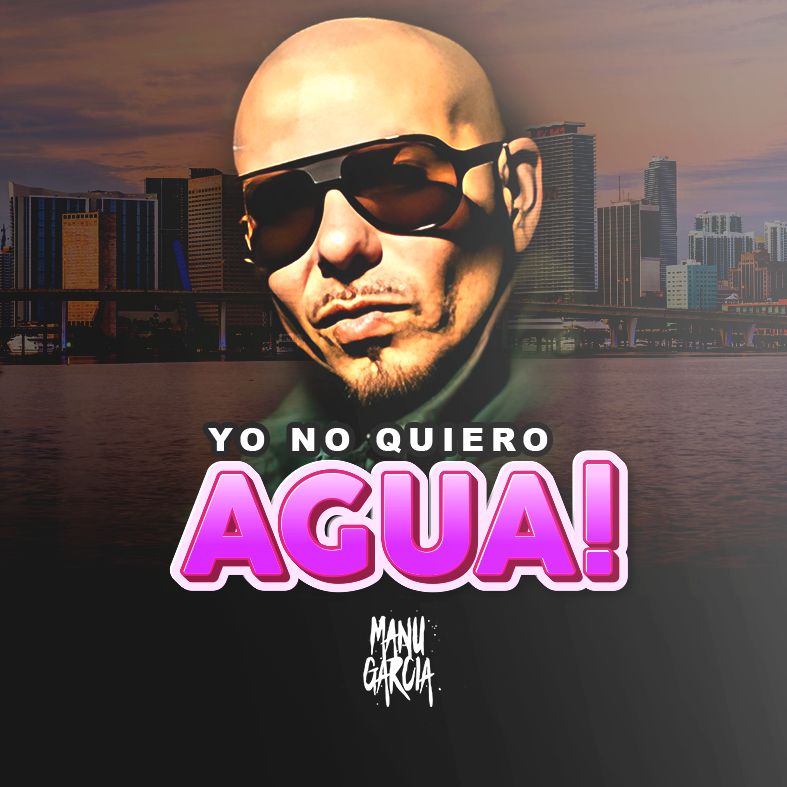Yo Quiero Agua: Understanding The Gore Video Phenomenon
In recent years, the phrase "Yo Quiero Agua" has gained notoriety, particularly in the context of gore videos that circulate online. This article delves into the intricate world of gore videos, their implications, and the psychological aspects surrounding their consumption. As we explore this unsettling genre, it is crucial to approach the subject with sensitivity and awareness of its impact on mental health and societal norms.
The allure of gore videos is multifaceted, often driven by curiosity, shock value, and a desire to confront mortality. However, engaging with such content raises important questions about morality, ethics, and the desensitization to violence in modern society. As we navigate through this topic, we will also address the broader cultural implications of these videos and their influence on viewers.
Throughout this article, we will provide a comprehensive analysis of the term "Yo Quiero Agua" in relation to gore videos, examining its origins, societal perceptions, and psychological effects. We aim to equip readers with a deeper understanding of this phenomenon while adhering to the principles of expertise, authoritativeness, and trustworthiness.
Table of Contents
- 1. What are Gore Videos?
- 2. Historical Context of Gore Videos
- 3. The Psychology Behind Gore Videos
- 4. Cultural Impact of Gore Videos
- 5. Legal Issues Surrounding Gore Videos
- 6. Personal Experiences and Testimonials
- 7. Ethical Considerations
- 8. Conclusion
1. What are Gore Videos?
Gore videos are a genre of media that depict extreme violence, bodily harm, and graphic scenes intended to shock or disturb viewers. These videos can range from amateur footage of accidents to professionally produced horror films. The term "gore" refers to the explicit depiction of blood and guts, often designed to elicit a visceral reaction from the audience.
The Role of "Yo Quiero Agua"
The phrase "Yo Quiero Agua," which translates to "I want water" in Spanish, has been associated with specific gore videos, often used as a meme or catchphrase in online communities. The phrase symbolizes a moment of desperation or a plea for relief amidst chaos, reflecting the psychological state of individuals who consume such content.
2. Historical Context of Gore Videos
The history of gore videos can be traced back to early cinema, where filmmakers experimented with special effects to create shocking visuals. Over the decades, the genre has evolved, significantly influenced by advancements in technology and changes in societal attitudes towards violence.
Early Examples of Gore in Film
- Blood Feast (1963): Often regarded as one of the first splatter films.
- Faces of Death (1978): A controversial documentary that included real-life death footage.
- The Texas Chainsaw Massacre (1974): A landmark horror film known for its graphic violence.
3. The Psychology Behind Gore Videos
Understanding the psychological motivations behind viewing gore videos is essential. Researchers have identified several reasons why individuals might be drawn to such content:
- Curiosity: A natural human inclination to explore the unknown.
- Adrenaline Rush: The thrill of fear can be exhilarating for some viewers.
- Desensitization: Prolonged exposure to violence can lead to reduced sensitivity to real-world suffering.
4. Cultural Impact of Gore Videos
The cultural impact of gore videos extends beyond individual consumption; they reflect and shape societal norms around violence and media consumption. The normalization of graphic content can lead to diminished empathy and increased acceptance of violence in everyday life.
Gore Videos in Popular Culture
Gore videos have influenced various aspects of popular culture, including music, fashion, and art. Many artists and musicians incorporate elements of shock and gore into their work, challenging audiences to confront their fears and societal taboos.
5. Legal Issues Surrounding Gore Videos
The legal landscape surrounding gore videos is complex and varies by country. In many jurisdictions, the distribution of graphic content is heavily regulated, raising questions about freedom of expression versus public safety.
Notable Legal Cases
- Obscenity Laws: Many countries have laws prohibiting the distribution of obscene materials.
- Child Exploitation: Videos involving minors in graphic situations are prosecuted severely.
6. Personal Experiences and Testimonials
Personal testimonies from individuals who have consumed gore videos reveal a range of reactions. Some report feelings of guilt or horror, while others may find a sense of catharsis or relief. These varied responses highlight the complex interplay between media consumption and emotional health.
7. Ethical Considerations
Ethical considerations surrounding the creation and consumption of gore videos are paramount. Questions arise regarding the exploitation of individuals in distress and the responsibility of content creators to consider the potential impact on viewers.
8. Conclusion
In conclusion, the phenomenon of "Yo Quiero Agua" in the context of gore videos serves as a lens through which we can examine broader societal issues related to violence, media consumption, and psychological health. As audiences, it is essential to approach such content with caution and awareness of its potential effects. We encourage readers to share their thoughts on this topic and engage in constructive discussions about the implications of consuming graphic media.
We invite you to leave a comment, share this article with your network, or explore other related content on our site. Your engagement helps foster a community of informed and thoughtful discussion.
Thank you for reading, and we look forward to seeing you again on our site!
```
Michelle Obama Pictures Pregnant: A Glimpse Into The Life Of An Iconic First Lady
Sophie Rain And Sierra Rain: The Rising Stars Of Spiderman
Jayson Tatum Related To Channing Tatum: Exploring The Connection


